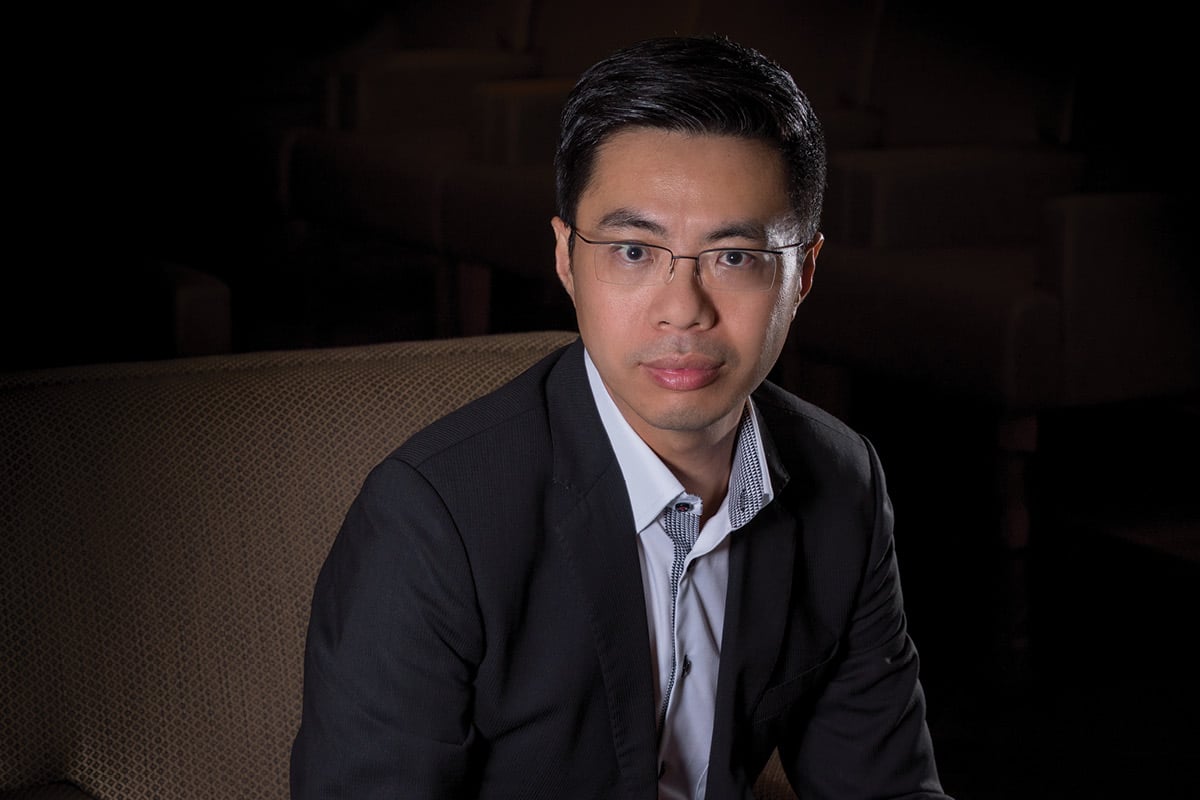An avid runner, Choo Kin Poo likes to keep healthy. The CEO of Singaporean healthcare provider AsiaMedic says he runs 60km a week and, when we interviewed him, noted that he had run 21km the previous Sunday. After many years of running marathons, he says running is very much like life.
“You can never predict what happens on the actual day,” Kin Poo says. “The weather could be good, it could be off-putting, or you could pull some of your muscles. You need a lot of strategy when it comes to running a marathon.”
AsiaMedic finds synergies with China’s Luye Medical Group
When it comes to strategy, like AsiaMedic’s acquisition of South Korea’s LuyeEllium Healthcare for US$31.1 million in January this year, Kin Poo says training for runs assists with his ability to adjust, be flexible and make plans and provisions. LuyeEllium has two main streams of services – the clinical specialist segment and the lifestyle segment – and is owned by China’s Luye Medical Group.
Meanwhile, Luye Medical Group is also the controlling stakeholder of AsiaMedic. Amid this web of ownership, Kin Poo hopes AsiaMedic’s acquisition of LuyeEllium can be the starting point of a long-term strategic plan to consolidate some of the relevant businesses under Luye Medical Group, identifying plenty of synergies between the services of the two businesses.
Patients are now more savvy. You can Google and find out who’s the best, but never who’s actually the best.
“The first step is to consolidate the businesses in the clinical specialist segment and integrate them with the lifestyle segment,” Kin Poo explains. “Second, we are going to borrow a lot of expertise and knowledge from our Korean counterparts and apply it to the Singapore business. We are going to bring some of the branding and operations from Korea into Singapore and develop new service lines.”
Choo Kin Poo has a plan for increased cooperation
Kin Poo says the major issue within the Singaporean healthcare system is that there are too many choices and providers for patients. “Patients are now more savvy. You can Google and find out who’s the best, but never who’s actually the best. We want to be that trusted partner that really helps them with everything they need,” he adds.
The source of the problem, according to Kin Poo, is the lack of compatibility between technology platforms, something he thinks is the main driver of rising healthcare costs in the country.
“That itself is not a good phenomenon for patients because it’s going to drive up healthcare costs. I’ve previously worked in public hospitals, and I know that all these machines are not compatible and that hospitals have to invest in third-party software just to link two machines,” he explains.
“We try our best to make sure we are partnering with other sectors so that they are more open to sharing data with other platforms, but this is not under my control.” If he had his way, Kin Poo would rebuild Singapore’s healthcare technology ecosystem from scratch, with platforms that interact with each other.
“I would build third-party platforms that would link all the technology together so it’s more seamless for patients who are at the front end. They won’t have to suffer through different providers and technologies to have their healthcare needs met,” he says.
Building the Singapore healthcare brand
There should always be competition, and the Singaporean healthcare industry should be no different, he adds. However, that competition must remain a friendly one because, at the end of the day, they all have to compete with the overseas providers. “That’s what will ensure the profitability and success of the Singapore private healthcare providers,” says Kin Poo. “It won’t be within the Singapore market. We are too small.”
For example, Kin Poo understands that the Singaporean companies won’t be able to compete with China on their own because, before they know it, they will be acquired and no longer be a Singapore brand. Instead, they should all be banding together before heading into the Chinese market. That way, the Singapore brand can be more effectively built in Asia’s largest economy.
“That’s what I’m trying to advocate – going into the market together, united, building the Singapore brand, gaining trust and confidence over the next seven to 10 years,” Kin Poo concludes. “That engagement is very important in order to ensure the success of these providers and companies in the overseas market.”


thanks